(By Khalid Masood)
I. Introduction
The Red Sea Crisis, escalating since October 2023, has spotlighted the Houthi movement’s drone swarm tactics as a transformative force in asymmetric warfare. By deploying Houthi drone attacks against commercial and naval vessels in the Bab al-Mandab Strait, a critical chokepoint for $1 trillion in annual global supply chains, the Iran-backed Zaydi Shia group has disrupted maritime security, forcing Cape of Good Hope rerouting and driving up shipping insurance costs. Triggered by the Gaza war link, these naval blockades showcase a cost-effective model for non-state actors to challenge naval powers, with profound implications for Pakistan’s CPEC security and Pakistan naval strategy. This article explores the Houthi’s swarm drone tactics, their technological and strategic innovations, regional and global impacts, and lessons for Pakistan’s maritime security in 2025, emphasizing the cost-exchange ratio and Palestinian solidarity driving these attacks.
II. The Houthi Drone Swarm Strategy: Origins and Evolution
The Houthi movement, controlling Yemen’s Red Sea coast since 2014, has evolved from a local insurgency into a regional disruptor through Houthi drone attacks. With Iranian support, the Houthis have developed a robust arsenal, including Samad-3 drones (range: 1,800 km) and Wa’id drones, resembling Iran’s Shahed 136 (2,500 km range). Since 2018, Yemen-based production, using 3D printing and smuggled components, has bolstered self-reliance, reducing dependence on Iranian supply chains. The 2019 Saudi Aramco attack, disrupting 5% of global oil supply, marked their emergence as an asymmetric warfare powerhouse. Post-Gaza war in October 2023, the Houthis launched over 190 attacks by October 2024, targeting Israel-linked and neutral vessels in the Red Sea. The cost-exchange ratio—$20,000 drones versus $4 million interceptors—underscores their ability to strain US and allied navies, including Operation Prosperity Guardian, launched in December 2023 to counter these threats.
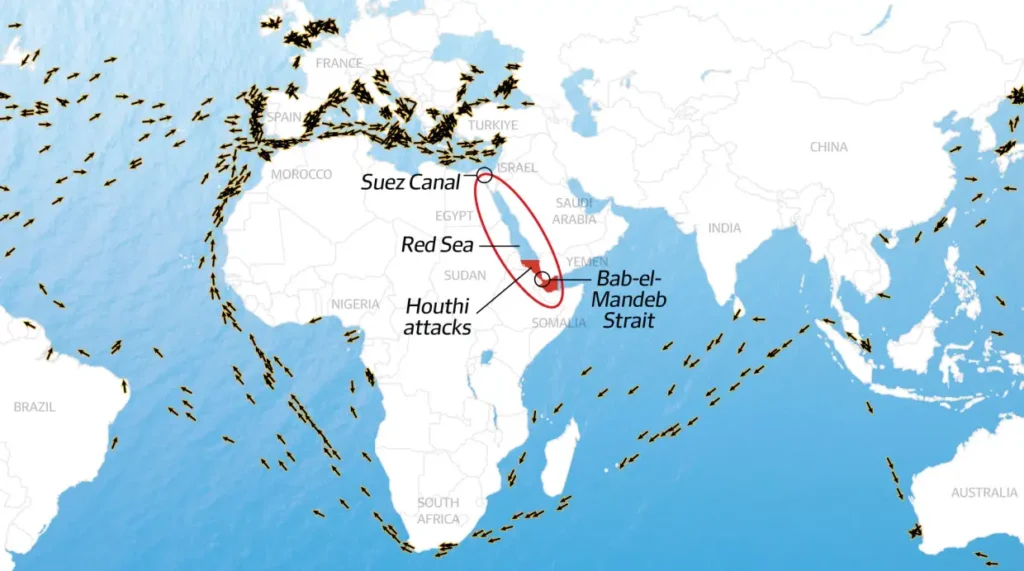
III. Mechanics of Houthi Naval Blockades
The Houthi’s naval blockade strategy combines swarm drone tactics, anti-ship cruise missiles, and unmanned surface vehicles (USVs) to paralyze the Bab al-Mandab Strait. Their swarm drone tactics involve low-altitude, coordinated attacks, overwhelming radar systems with dozens of Samad-3 and Wa’id drones. USVs, such as 7-metre explosive boats, and reverse-engineered torpedoes (e.g., Al Qar’iah, derived from US REMUS 600) enhance their reach. Key operations include the November 2023 Galaxy Leader seizure, using helicopter-assisted boarding, and the July 2024 Tel Aviv attack, where a Samad-3 drone struck 1,800 km from Yemen. These attacks have reduced Suez Canal traffic by 50%, with 877 transits in October 2024 versus 2,068 in November 2023, costing Egypt $6 billion in revenue. Cape of Good Hope rerouting adds 11,000 nautical miles and $1 million in fuel costs per voyage, inflating shipping insurance costs from 0.05% to 1–2% of vessel value. The Gaza war link justifies these actions, amplifying Palestinian solidarity.
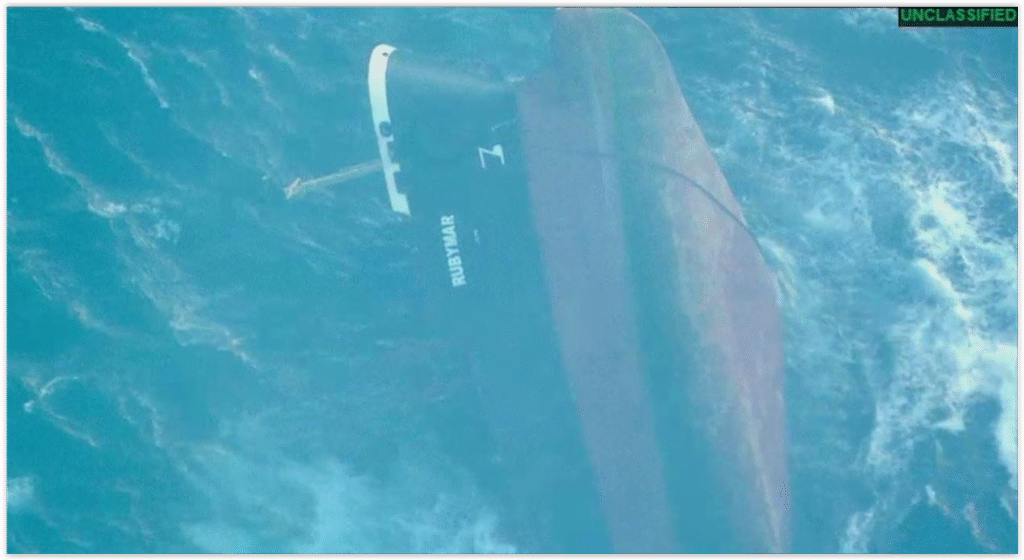
IV. Technological and Strategic Innovations
The Houthi’s asymmetric warfare leverages technological ingenuity and Iranian support. Their drones, like the Samad-4, serve multiple roles: surveillance, strikes, and propaganda, with emerging autonomy reducing operator reliance. Iran provides designs (e.g., Toofan-1 anti-ship missiles) and training, enabling local assembly despite US-UK airstrikes. The cost-exchange ratio is stark: $10,000 drones down $30 million MQ-9 Reapers, while US forces expend $200 million in munitions in weeks. Electronic warfare (EW), including jamming, enhances Houthi resilience, countering US systems like SEWIP Block 3. Operation Prosperity Guardian, involving US, UK, and EU navies, has intercepted 400 munitions but struggles with sustainability. The Houthis aim to pressure Israel via economic disruption, aligning with Palestinian solidarity, while gaining regional legitimacy within the Axis of Resistance. Their ability to sustain attacks despite US strikes highlights a scalable model for non-state actors.
V. Regional and Global Implications
The Red Sea Crisis reshapes Middle East dynamics and global supply chains. Iranian support strengthens the Axis of Resistance, with Houthi attacks outsourcing Tehran’s risk. Saudi Arabia, balancing Vision 2030 with Houthi threats, avoids escalation, while Syria’s post-Assad shift toward Abraham Accords complicates Houthi strategy. Suez Canal disruption—down 70% in cargo—has spiked freight rates by 30–50%, impacting China and Pakistan’s CPEC trade with USA and Europe. Cape of Good Hope rerouting delays Asia-Europe shipments by 10–14 days, raising shipping insurance costs and greenhouse emissions. The Houthi model inspires groups like Hamas and Hezbollah, challenging maritime security. Operation Prosperity Guardian’s high costs expose vulnerabilities in US-led coalitions, prompting calls for cheaper countermeasures like laser weapons. For Pakistan, the crisis underscores risks to CPEC security, given Gwadar’s proximity to volatile routes.
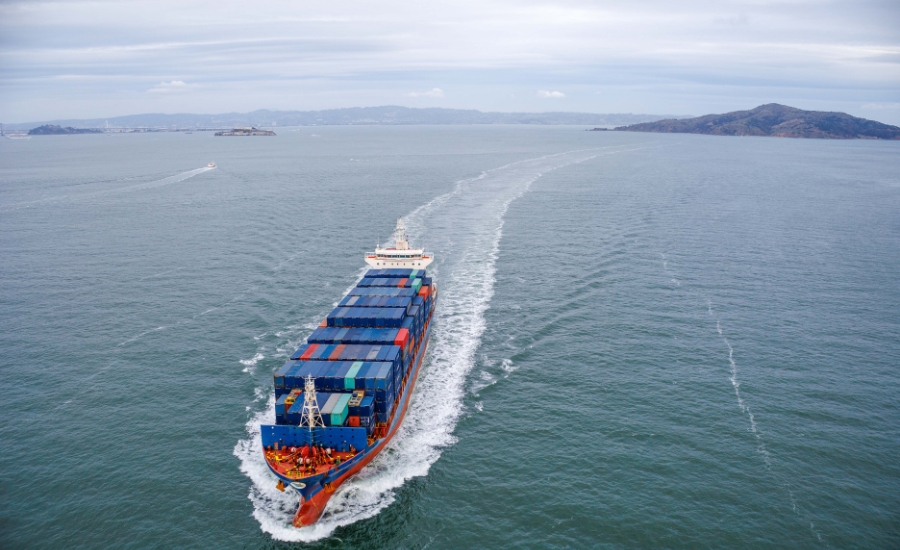
VI. Relevance to Pakistan’s Maritime Security
Pakistan’s reliance on Arabian Sea routes for CPEC security makes Indian campaign similar to Houthi is a strategic concern. Gwadar Port, a CPEC hub, faces potential spillover from Indian drone attacks in nearby waters. Pakistan naval strategy can draw lessons from Houthi tactics: low-cost drones and USVs offer a blueprint for defending Gwadar against asymmetric threats. Electronic warfare and laser systems could enhance Pakistan Navy capabilities, countering drones costing fractions of $2 million missiles. Geopolitically, Pakistan balances ties with Iran (Houthi supporter) and Saudi Arabia (Houthi adversary), limiting participation in Operation Prosperity Guardian. Palestinian solidarity aligns with Pakistan’s OIC advocacy, tying Gaza to Kashmir. Recommendations include:
- Developing indigenous drones, inspired by Houthi self-reliance.
- Enhancing EW and naval patrols to secure CPEC routes.
- Acquiring Anti-Drone systems from China and know-how from Azerbaijan.
- Advocating Gaza ceasefire in OIC to stabilize Red Sea trade.
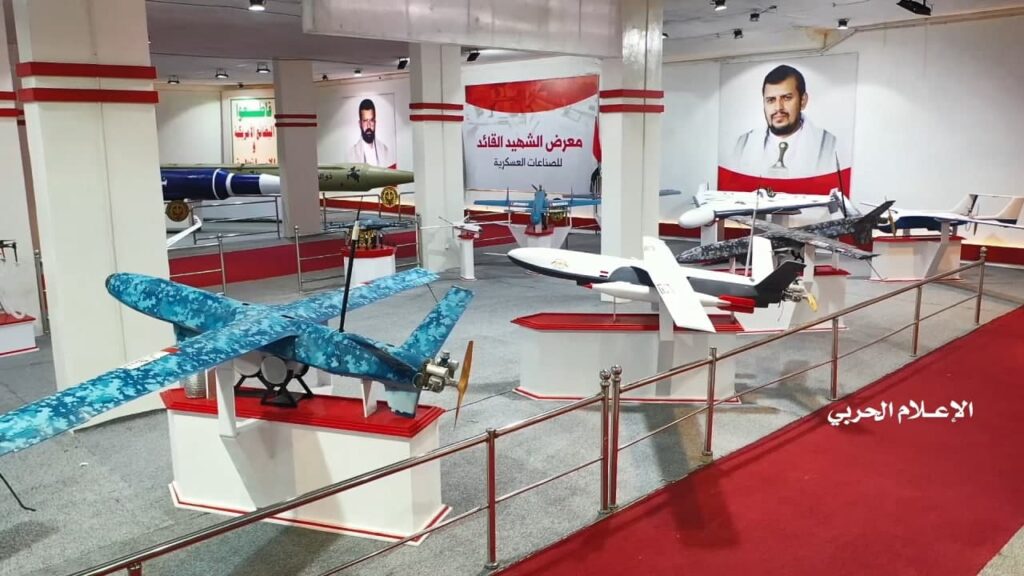
VII. Future Prospects and Challenges
By 2025, Houthi drone attacks may evolve with autonomous drones and extended ranges, potentially targeting the Indian Ocean via mother ships. Unmanned surface vehicles and sea mines could amplify naval blockades, threatening CPEC security. Countermeasures include US development of APKWS II interceptors and regional efforts to interdict Iranian supplies. However, sustained Gaza tensions, following the March 2025 ceasefire collapse, may escalate attacks, impacting global supply chains. US policy under Trump’s second term, with strikes on Houthi infrastructure, risks broader conflict. Pakistan should leverage OIC to push for de-escalation, aligning with Saudi peace efforts, and enhance naval interoperability with China to counter asymmetric threats. Long-term stability requires Gaza as well as Yemen political settlement, potentially reviving UN talks paused in 2022.
VIII. Conclusion
The Houthi’s drone swarm tactics have redefined asymmetric warfare, disrupting global supply chains through naval blockades in the Bab al-Mandab Strait. With Iranian support, their cost-exchange ratio—$20,000 drones versus $4 million interceptors—challenges US-led Operation Prosperity Guardian, exposing naval vulnerabilities. The Red Sea Crisis, tied to Palestinian solidarity, has driven Suez Canal disruption and Cape of Good Hope rerouting, inflating shipping insurance costs. For Pakistan, the Houthi blueprint underscores the need for CPEC security through Pakistan naval strategy, emphasizing electronic warfare and indigenous anti-drones systems. By advocating Gaza peace via OIC, Pakistan can stabilize maritime security, protecting its trade to the EU and the US. The Houthi campaign warns of non-state actors’ growing power, urging naval powers to innovate against drone swarm tactics.

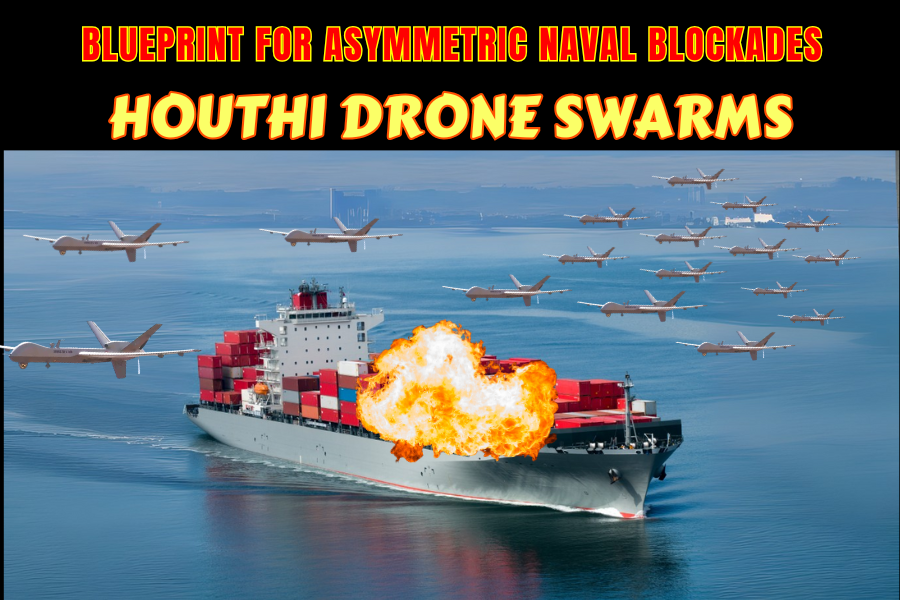
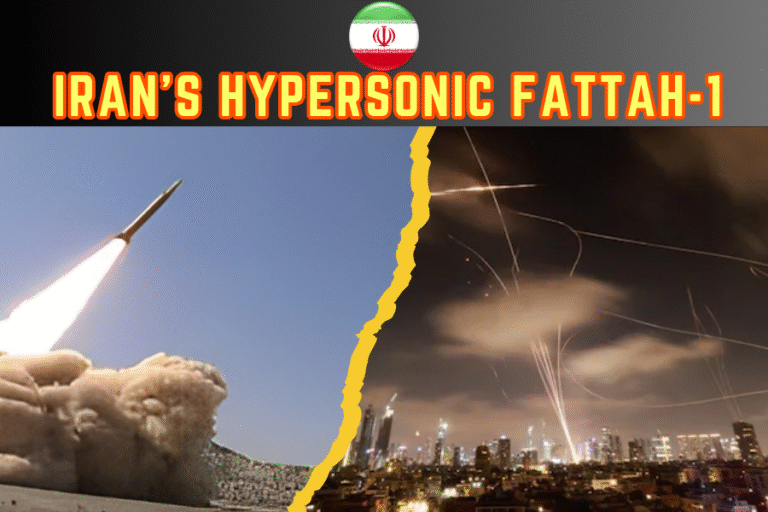



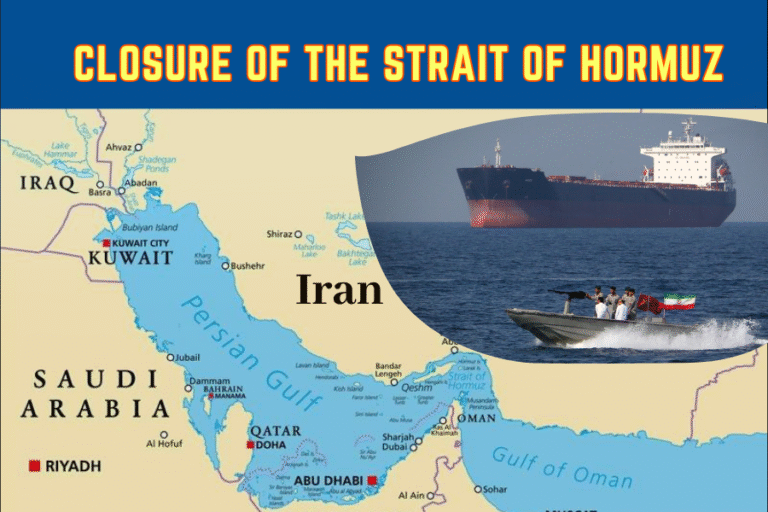

One Comment